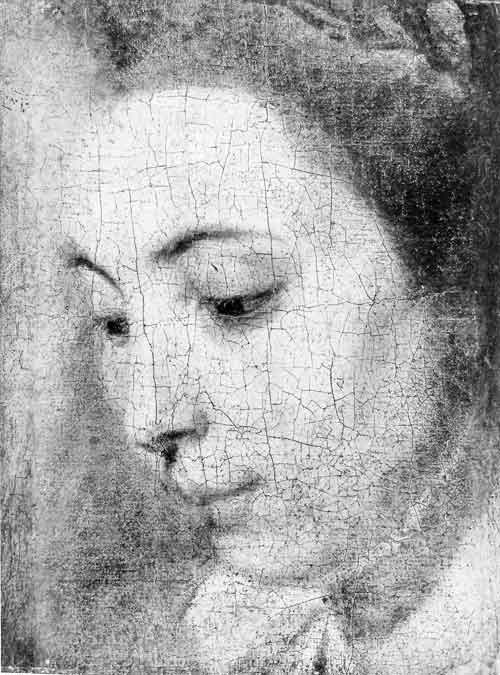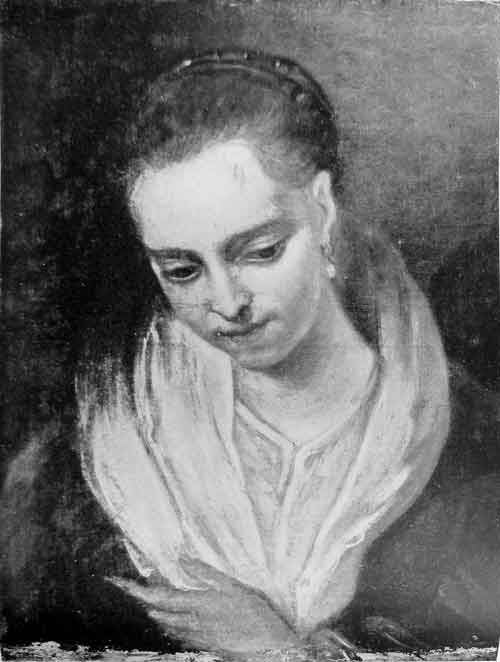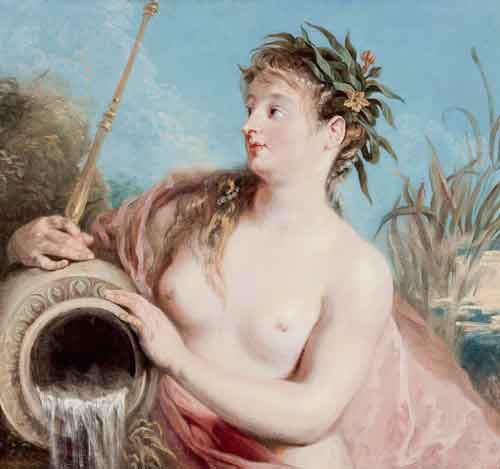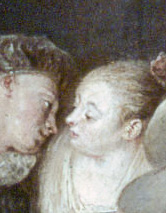
- Home Page
- Accepted
Paintings & Copies - Doubtful
Attributions - Doubtful Textual References
- Alternative
Titles - Collectors &
Museums - Bibliography
- Search Abecedario
- Watteau &
His Circle
X. Tête de jeune fille
Entered November 2014

Whereabouts unknown
Oil on canvas
20 x 15 cm
ALTERNATIVE TITLES
Girl’s Head
Masque d’une jeune femme
Tête de jeune femme
PROVENANCE
Paris, collection of Raoul Dastrac (1891-1969, artist), c. 1950.
EXHIBITIONS
London, Royal Academy, European Masters of the XVIIIth Century (1954), cat. 255 (as by Watteau, Girl’s Head, lent by Raoul Dastrac).
Paris, Galerie Cailleux, Peintures de la réalité (1954), hors catalogue.
Paris, Galerie Cailleux, Watteau et sa génération (1968), cat. 57 (as by Watteau, Tête de jeune femme, lent by private collector, Paris [Dastrac]).
SELECT BIBLIOGRAPHY
Adhémar, Watteau (1950), cat. 213.
Mathey, Watteau, peintures réapparues (1959), 36, cat. 79.
Macchia and Montagni, L’opera completa di Watteu (1968), cat. 198.
Temperini, Watteau (2002), cat. 107.
REMARKS
This picture evidently showed signs of having been cut from a larger painting and was described as a fragment of a larger composition when it was introduced by Adhémar. She accepted it as an autograph work by Watteau, as did Mathey, Jean Cailleux, and Marianne Roland Michel. Adhémar dated it c. 1720, Roland Michel preferred 1718-19, and Macchia and Montagni chose “1719?” Yet what works from these or any years in Watteau’s short career justifies the acceptance of this painting?

Adhémar suggested comparing this painting to an undocumented portrait that was then in an Algerian private collection and was attributed to Watteau. Mathey repeated this comparison. But that work has no greater claim to Watteau’s authorship. Roland Michel saw a resemblance to a Rubens drawing in Marseilles.
The facial features of the Tête de jeune fille bear little resemblance to Watteau’s acknowledged portraits such as La Plus belle des fleurs or La Nymphe de la fontaine (said to be a portrait of Jullienne’s wife), or to the heads of characters in standard works from Watteau’s oeuvre such as one the actresses in the Comédiens italiens. Watteau preferred Cupid-bow lips and noses with a slightly flared contour whereas the Dastrac painting shows quite different forms. One might wonder if the Tête de jeune fille is even French. It seems more comparable to late seventeenth-century Dutch painting.
The Tête de jeune fille has not been mentioned in most recent studies on Watteau, including those by Posner, Roland Michel, and Glorieux. Its moment of favor passed but it is unfortunate that the attribution has not been formally challenged.

